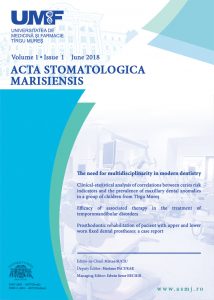Introduction: Improper finishing and polishing of fillings leads to surface roughness of the restoration which leads to excessive plaque accumulation, gingival irritation, increased surface staining and poor aesthetics of restored teeth. Therefore, it is essential to use polishing instruments and pastes as a final step of simple caries treatment in order to achieve optimal long-time results. The aim of this study is to evaluate the efficiency of 4 different finishing and polishing instruments used for surface smoothening of aesthetic restorative materials in vitro. Materials and methods: 40 composite (Reality X) samples were prepared in vitro. Their surface irregularities were measured along 3 diagonals before and after polishing. Sof-Lex discs (3M Espe), rubber cones (Kenda), Arkansas stone (Fino) and polishing paste and a professional toothbrush (Kerr) were used for polishing. Each sample was polished under 5N pressure for 30 seconds at 3000 rpm. The surface roughness was than measured using a profilometer. Statistic analysis was performed using ANOVA and unpaired T-tests, the significance level was set at a value of p<0.05. Results: Based on the mean values, the smallest roughness was found in the control group- 0.11, while the highest in the rubber polishers and Arkansas stone group- 0.47 and 0.48. The values for the Sof-Lex disc group and the polishing paste-toothbrush group were 0.40 and 0.39. Statistical analysis showed no significant differences between the four groups. Conclusion: It is mandatory to use polishing tools in order to obtain a smooth surface of the restoration and avoid the unwanted long-term complications. Polishing using brush and abrasive paste produced the smoothest surface of the composite.
Andrea-Csinszka Kovacs-Ivacson 1, Alexandra Mihaela Stoica 1, Mónika Kovacs 1, Mihai Pop 1
1 George Emil Palade University of Medicine, Pharmacy, Science, and Technology of Târgu-Mureș, Romania
1 George Emil Palade University of Medicine, Pharmacy, Science, and Technology of Târgu-Mureș, Romania

Comments are closed.